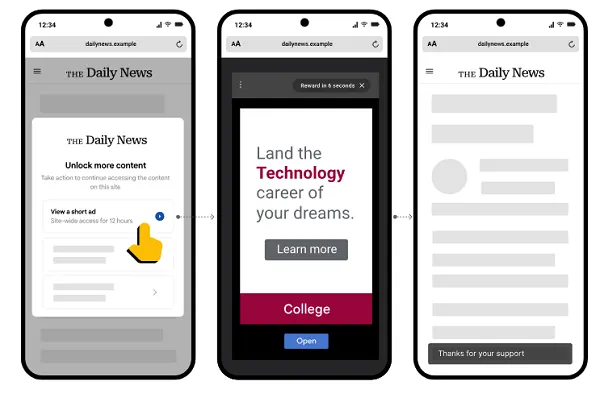8 steps to build your account-based marketing strategy [+ recommended tools]
In the world of account-based marketing, you start the sales process by selling directly to your best-fit, highest-value accounts.
![8 steps to build your account-based marketing strategy [+ recommended tools]](https://www.hubspot.com/hubfs/account-based-marketing.webp)
In the world of account-based marketing, you start the sales process by selling directly to your best-fit, highest-value accounts.
That means wasted time trying to market to unqualified leads who aren’t the right fit for your business. You can move straight into the phases of engaging and delighting your target accounts. Talk about efficiency, right?
Account-based marketing allows you to weed out less valuable companies early on and makes sure that Marketing and Sales are in complete alignment. In return, your team can leap into the critical processes of engaging and delighting target accounts much faster.
I recently sat down with Tim Davidson and Dylan Wingrove, account-based marketers, to discuss everything relating to this strategy. Here’s everything you need to know about account-based marketing.
Table of Contents
- What is account-based marketing?
- Account-Based Marketing and Inbound Marketing
- Benefits of Account-Based Marketing
- Account-Based Marketing Framework
- Account-Based Marketing Strategy
- Account-Based Marketing Tactics
- Account-Based Marketing Tools
- Account-Based Marketing Examples
- B2B Account-Based Marketing
- LinkedIn Account-Based Marketing
When I asked Dylan Wingrove, Associate Director of Demand Generation at Pacvue, for his personal definition, he told me, “[ABM] is going after a set of defined strategic accounts that are large revenue opportunities for the business.”
In other words, ABM helps your business work and communicate with high-value accounts as if they’re individual markets.
Like traditional marketing, you’ll spend quite a bit of time personalizing your messaging to be as specific as possible. This means really leaning into individual pain points to directly speak to your leads’ needs.
For this post, I asked Davidson and Wingrove about the benefits of account-based marketing and how to create an ABM strategy. But first, I think it's important that we spend a minute reviewing its relationship with another important strategy: inbound marketing.
Account-Based Marketing and Inbound Marketing
Batman and Robin. LeBron and D-Wade. Peanut butter and jelly. Arguably, some of the strongest partnerships ever to exist. These dynamic duos are forces to be reckoned with.
Similarly, when paired, account-based marketing and inbound marketing have the power to make waves (the good ones) for your business.
You might be wondering, “How exactly does this partnership work?”
Well, we just reviewed the definition of account-based marketing — as you learned, ABM is a highly targeted strategy.
Meanwhile, inbound marketing is more foundational — this methodology and growth strategy allows you to attract customers through the creation of valuable content, SEO, and a delightful customer experience.
Rather than interrupting your target audience and customers (as you would with outbound marketing), inbound marketing allows you to give your audience the information they want when they want it.
Inbound lays the foundation for a strong ABM strategy by allowing for highly targeted and efficient resource allocation of high-value accounts.
Do you need both inbound marketing and account-based marketing?
You’re probably wondering, “Do I need both inbound marketing and outbound marketing?”
I hear you. So, I asked Wingrove what he thought. He told me he would not recommend launching an ABM strategy as a standalone tactic. Instead, it works better in partnership with other marketing strategies.
Here are a few reasons to employ both ABM and inbound marketing strategies at your company:
- Inbound marketing helps you attract target accounts, and then ABM accelerates the flywheel so you can win and delight those accounts with a remarkable customer experience.
- Inbound marketing lays the foundation for a strong ABM strategy; ABM builds off of inbound by allowing for targeted and efficient resource allocation of high-value accounts.
- With this combined approach, you attract a broader group of prospects than you would while using just one method.
- Your content has a two-for-one value — you can create and use content that serves both an ABM and inbound strategy (such as adding a personalized case study for a target account that you also share on your website).
- Software — such as HubSpot’s account-based marketing tool — exists to make it easy to implement ABM and inbound strategies in a complementary way.
TL;DR: Combine ABM and inbound marketing to grow better.
As I learned by chatting with Davidson and Wingrove, there are many benefits associated with account-based marketing. I’ve made a list of the most important benefits based on what the experts told me.
1. Keeps marketing and sales aligned.
Davidson and Wingrove both made it very clear that account-based marketing aligns the sales and marketing team in a way that might not be possible otherwise.
Wingrove said it reduces the friction between teams, too. He said, “There‘s no fighting over inbound versus outbound. And everyone’s kind of working off of the same set of strategic accounts that we're going after.”
I think we can all agree that cross-team collaboration and improved communication across any organization are beneficial to growth.
In account-based marketing, this transparency and alignment will confirm that your marketing and sales teams:
- Are focused on the same goals.
- Stick to the mutually agreed-upon budget.
- Understand the specific roles of each internal stakeholder.
This alignment helps make sure all communications, interactions, and content are consistent for the accounts you work with.
Meaning, no matter how long an account works with your company, your team members can pick up where others left off at any point without question — this creates a seamless and delightful customer experience.





























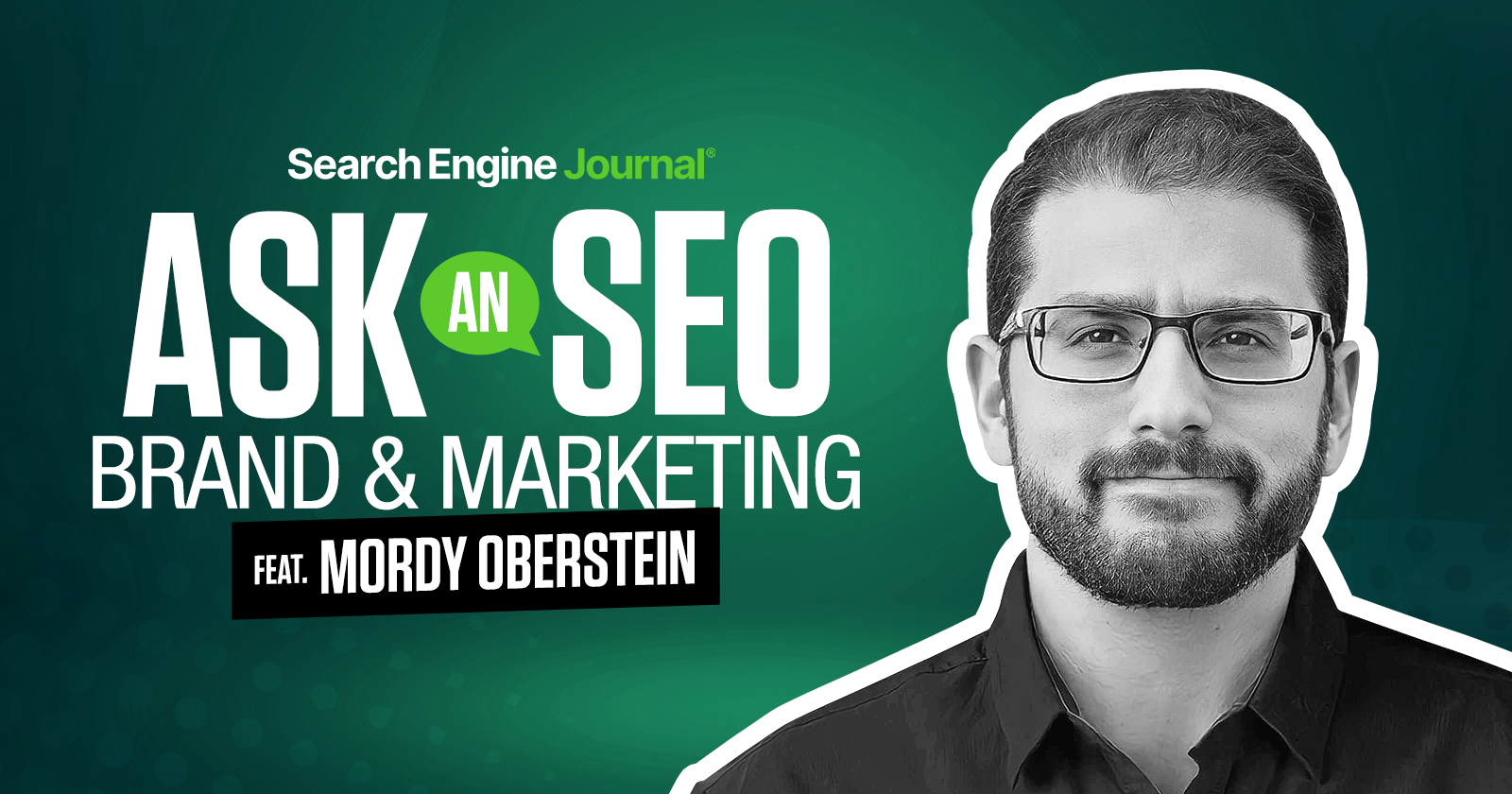






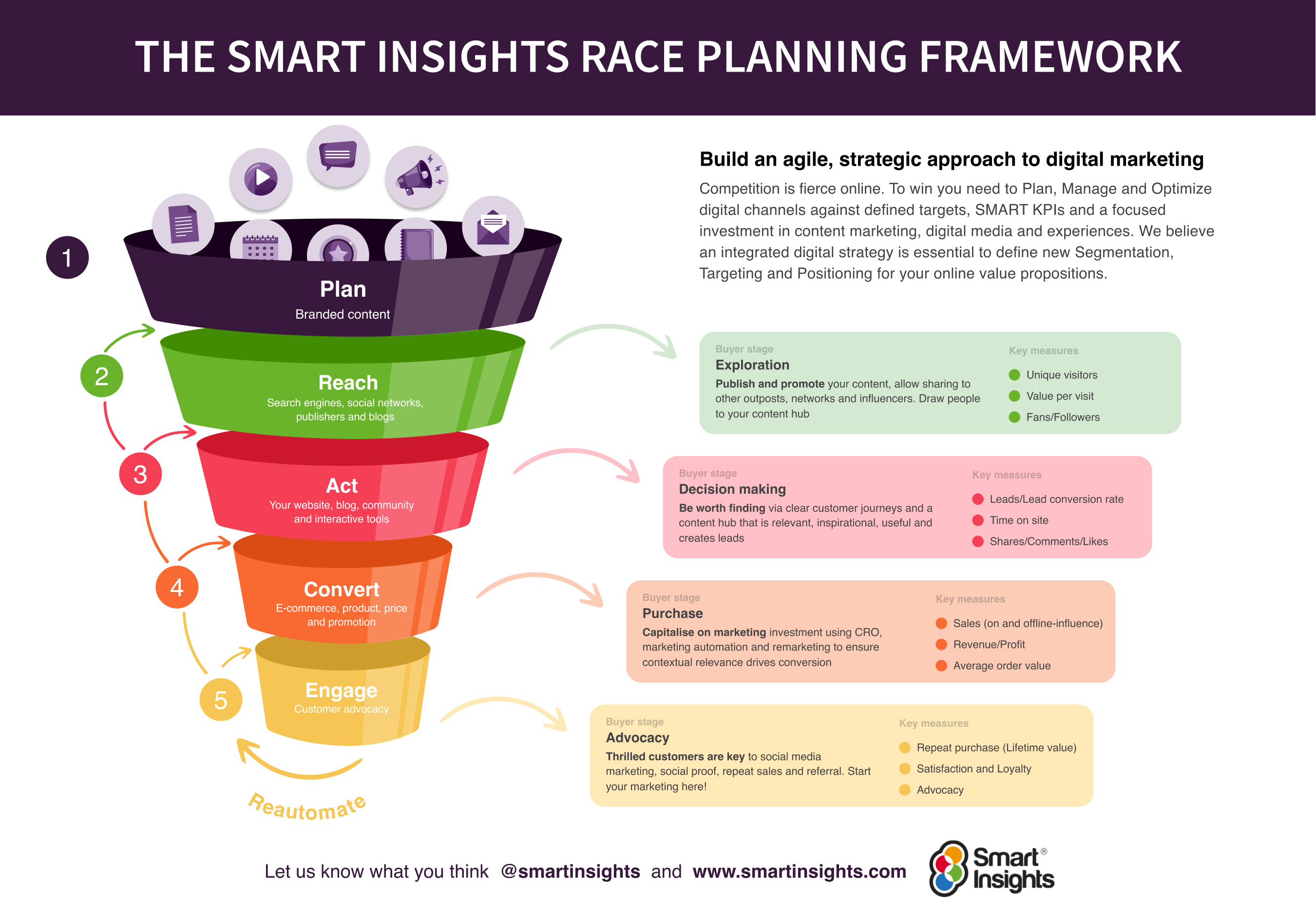











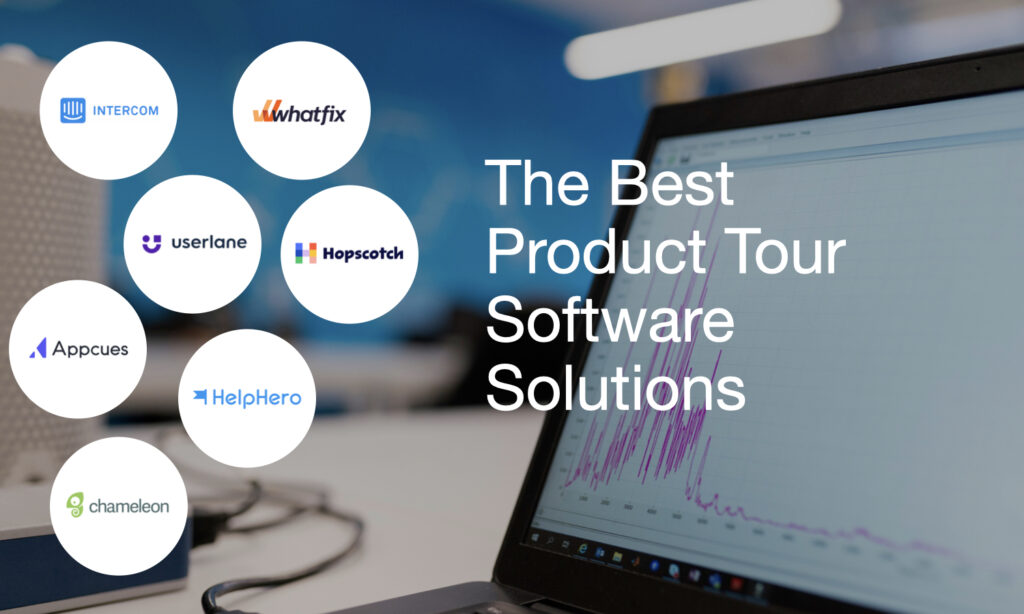



































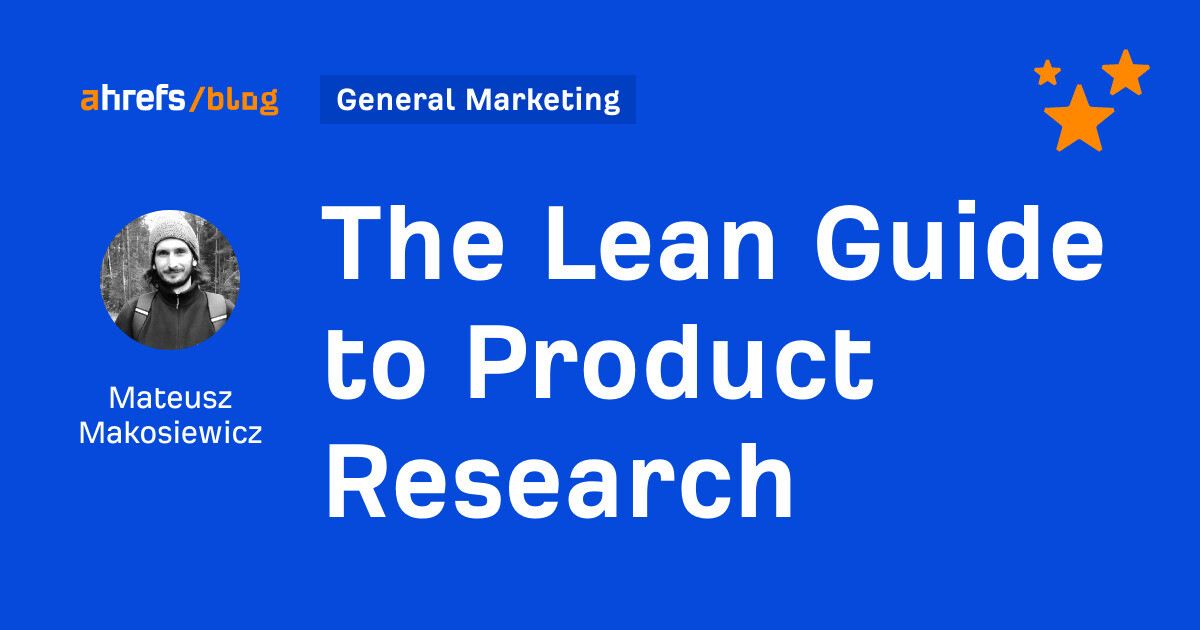






![Brand and SEO Sitting on a Tree: K-I-S-S-I-N-G [Mozcon 2025 Speaker Series]](https://moz.com/images/blog/banners/Mozcon2025_SpeakerBlogHeader_1180x400_LidiaInfante_London.png?auto=compress,format&fit=crop&dm=1749465874&s=56275e60eb1f4363767c42d318c4ef4a#)
![How To Build AI Tools To Automate Your SEO Workflows [MozCon 2025 Speaker Series]](https://moz.com/images/blog/banners/Mozcon2025_SpeakerBlogHeader_1180x400_Andrew_London-1.png?auto=compress,format&fit=crop&dm=1749642474&s=7897686f91f4e22a1f5191ea07414026#)
![How to Create an SEO Forecast [Free Template Included] — Whiteboard Friday](https://moz.com/images/blog/banners/WBF-SEOForecasting-Blog_Header.png?auto=compress,format&fit=crop&dm=1694010279&s=318ed1d453ed4f230e8e4b50ecee5417#)

![What Are Good Google Ads Benchmarks In 2025? [STUDY] via @sejournal, @brookeosmundson](https://www.searchenginejournal.com/wp-content/uploads/2025/06/benchmark-273.png)







![AI Content Is 4.7x Cheaper Than Human Content [+ New Research Report]](https://ahrefs.com/blog/wp-content/uploads/2025/06/ai-content-is-4.7x-cheaper-than-by-ryan-law-data-studies.jpg)




























